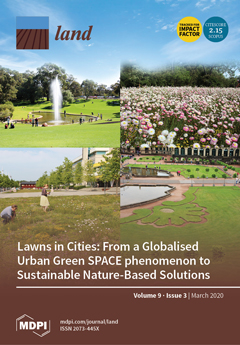Resource information
In the context of China’s economic transformation, the consumption of mineral resources plays an important role in its economy’s sustainable development, and so improving mining efficiency is regarded as the basis of industrial development. However, in the pursuit of mine exploitation, the destruction of land resources has attracted greater attention by government and society, with many scholars focusing more on land rehabilitation in recent years. Thus, from the perspective of climate change, this research synthetically analyzes the two stages of mining production and land rehabilitation, by applying mining employees, fixed assets’ investment stock, production of non-petroleum mineral resources, accumulated destruction of land area, rehabilitation investment, rehabilitation of land area, and average temperature to the dynamic two-stage directional-distance-function data envelopment analysis (DEA) model under exogenous variables for 29 provinces in China. The results show that the overall efficiency of mining-production-land rehabilitation in most provinces fluctuates around 0.5 and spans a large range of improvement. The efficiency of the mining production stage fluctuates around 0.55 and is relatively flat over four years. The efficiency of the land rehabilitation stage fluctuates during the four years, with it being higher in 2014, but lower in 2015. Generally speaking, the efficiency of the land rehabilitation stage is higher, promoting the improvement of overall efficiency, but the efficiencies of some provinces’ land rehabilitation stage are quite different, as some provinces still need to improve their overall efficiency level. There are also differences in the efficiencies of each decision-making units (DMU)’s variables. In sum, China should initiate corresponding policies according to specific situations, promote scientific mining in each province, and coordinate the development of mining production and land rehabilitation.


